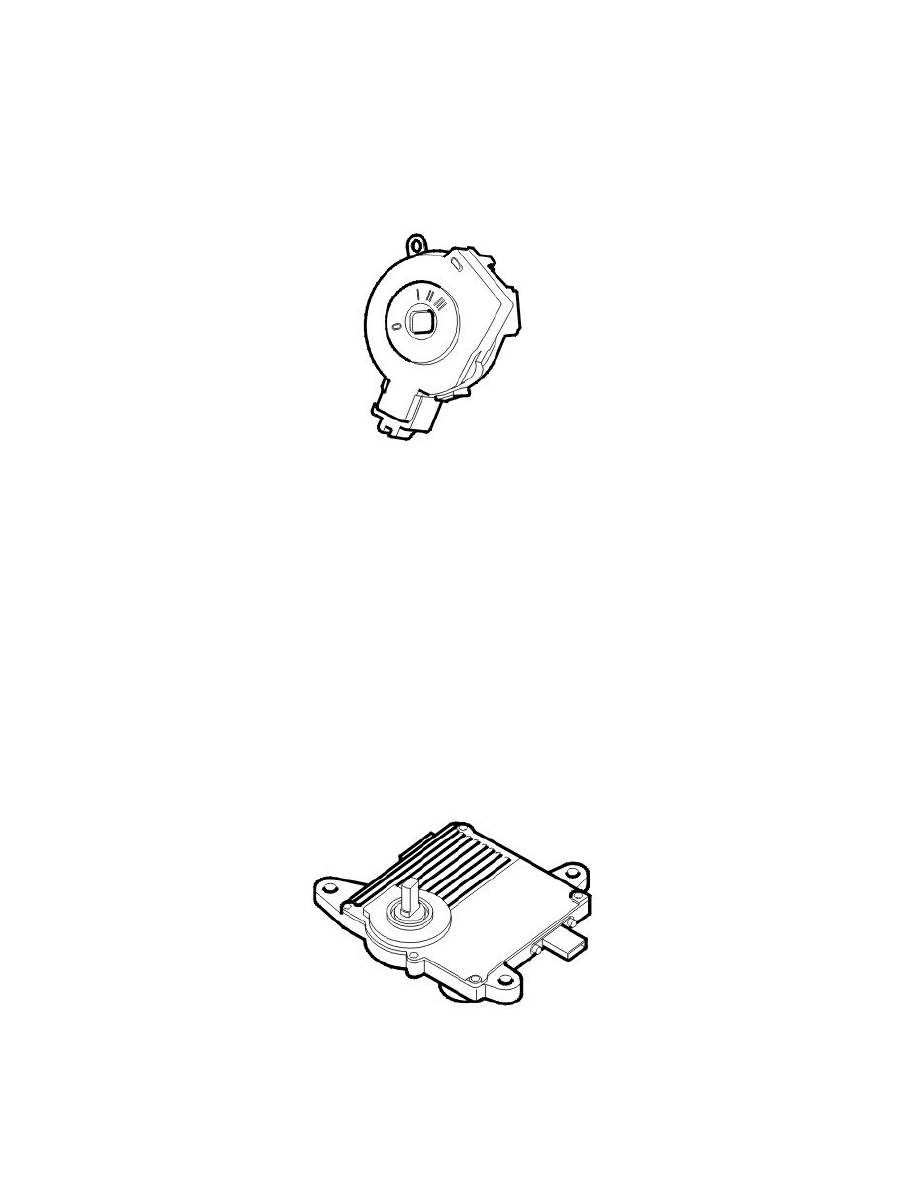V50 AWD L5-2.5L Turbo VIN 68 B5254T3 (2005)

Engine Control Module: Description and Operation
Design
Part 1
Design
Ignition switch
The ignition switch powers certain functions in the engine control module (ECM) via fuses in the front integrated relay/fusebox and central electronic
module (CEM). The ignition switch also supplies the engine control module (ECM) with signals such as:
-
wake up" signal
-
start signal.
wake up" signal
The ignition switch transmits a high signal (Ubat) to the engine control module (ECM) via the central electronic module (CEM) indicating that the
ignition switch is in position I or II. The system prepares for start-up (for example by temporarily activating the fuel pump (FP) relay).
Start signal
The ignition switch transmits a high signal (Ubat) to the engine control module (ECM) when the ignition switch is in position III.
The engine control module (ECM) activates the starter motor relay. The relay in turn activates the starter motor. See also Function, Start.
The fuse in the front integrated relay/fusebox supplies current to the ignition switch.
The central electronic module (CEM) has diagnostics for the ignition switch.
Transmission control module (TCM)
The engine control module (ECM) uses a directly connected signal from the transmission control module (TCM) in the start function (activating the
starter motor). See also Function, Start.
Immobilizer
